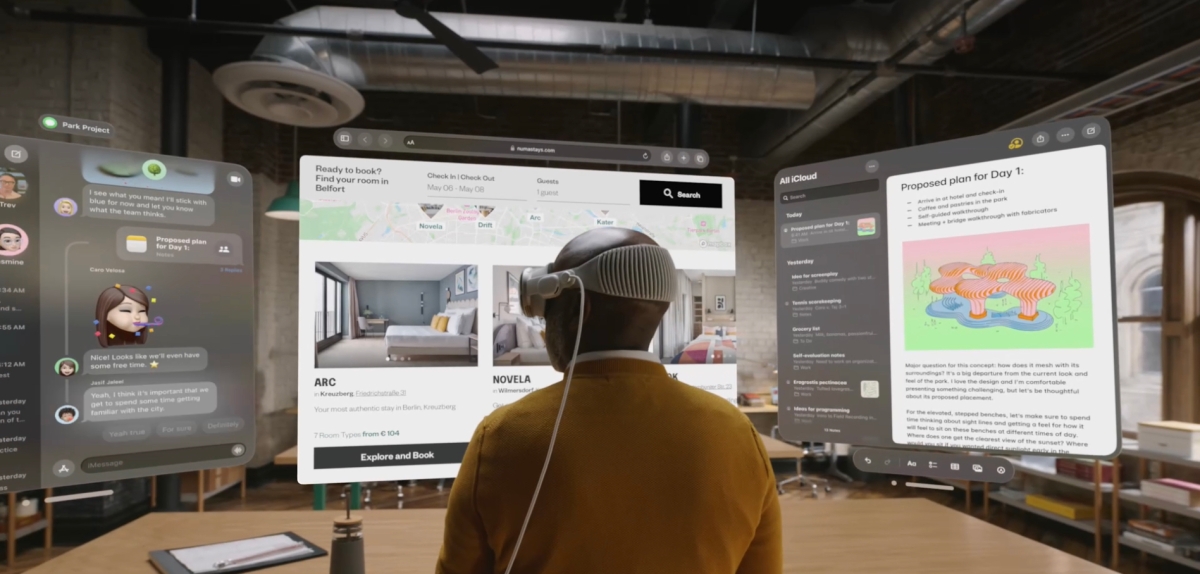- cross-posted to:
- technology@lemmy.ml
- technology
Early impressions sound like Apple may have actually pulled this off. Here’s what The Verge had to say:
Was all this made better by the wildly superior Vision Pro hardware? Without question. But was it made more compelling? I don’t know, and I’m not sure I can know with just a short time wearing the headset. I do know that wearing this thing felt oddly lonely. How do you watch a movie with other people in a Vision Pro? What if you want to collaborate with people in the room with you and people on FaceTime? What does it mean that Apple wants you to wear a headset at your child’s birthday party? There are just more questions than answers here, and some of those questions get at the very nature of what it means for our lives to be literally mediated by screens.
I definitely agree with that. I’d like to try this but I don’t know if I’d ever want one.



People may be more primed to accept it.
Google Glass was considered creepy at the time because you couldn’t tell if you were being recorded, I don’t know if this is as much of a creepy factor today with people constantly recording stuff for TikTok and other social media. Glass was also $1,500 in 2014-bucks for a device that did significantly less than this. The Glass was a flop with consumers but the Enterprise edition was sold until March of this year and is still supported, it did have use cases just not the ones intended.
I don’t like the goggles personally, but if they convince some influencers that it’s the new thing I could see it catching on. Things like Ready Player One have normalized a less physically connected reality in some ways, sort of like William Gibson inspiring wearable computer nerds even back in the 80s.